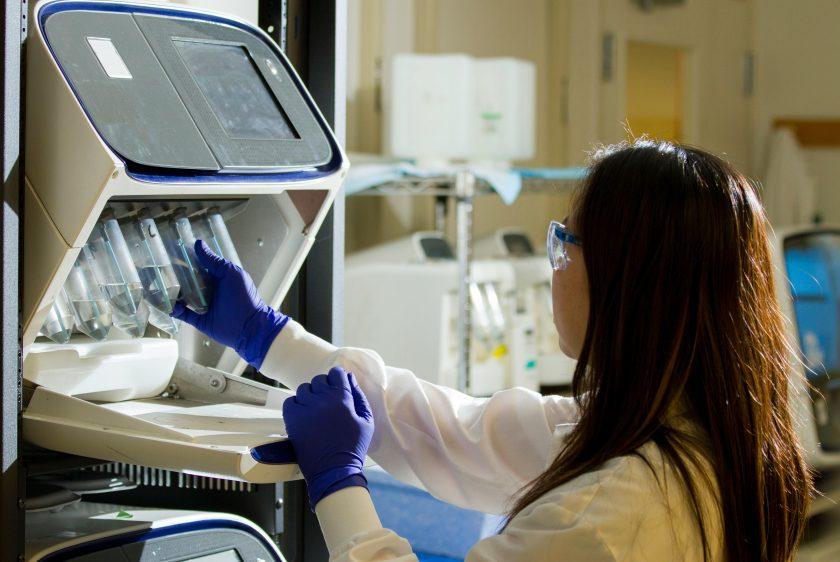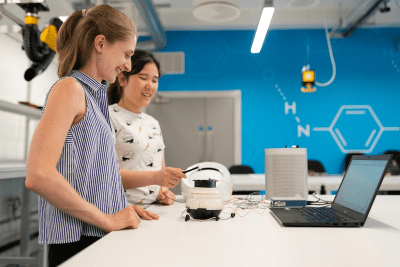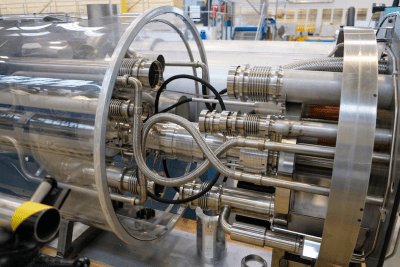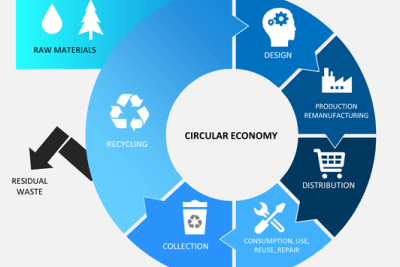Biomedical research has immense importance for the society, especially in healthcare. It helps with exploration of efficient ways to diagnose, treat, and prevent diseases, making life better and saving lives worldwide. The COVID-19 pandemic was a solid showcase of how crucial is research in this area for making vaccines, understanding viruses, and stopping their spread. With global population aging, there’s a growing need for treatments for age-related illnesses, and biomedical research is crucial for meeting this need.
The case study
A survey conducted within the RITIFI project framework highlights practices and challenges of companies to RI and TI access.
The survey in the biomedical field involved interaction between two research infrastructures, EATRIS and ESRF, without direct involvement from technological institutes (TIs) in the project partnership. However, interviews were still conducted to gather insights for potential future collaborations between TIs and RIs. Experiences from the ISiDORE European project were used as a case study to explore collaboration possibilities between RIs and TIs.
Best practices and barriers
At present, there is no collaboration between EATRIS and ESRF, making it impossible gathering insights from this case study due to the absence of established best practices. However, the discussion highlighted potential barriers to collaboration:
- EATRIS, as a European Research Infrastructure Consortium (ERIC), comprises multiple institutes offering various infrastructures. While they assist smaller companies in finding suitable member institutes, a similar role could be played by Tis. This potentially might lead to competition and trust issues.
- Each RI and TI operates differently, making it challenging to identify the right contact person for collaboration. Collaborations often start unexpectedly or coincidentally, rather than being planned or intentionally initiated.
- Both RIs and TIs value outreach and business development, but their capacities are limited. Collaborating in this area requires trust in each other’s abilities, which can be challenging without existing partnerships.
- Partners must understand each other’s offerings, including what is market-ready and what needs further development. This understanding takes time and effort, with even ERICs requiring years to fully comprehend their member institutes.
Recommendations
The findings from these case studies suggest the following recommendations to address the challenges:
- Emphasize collaboration in business development. Start with dissemination and outreach as a safe way to begin working together. This helps partners get to know each other and build trust by sharing successes and challenges. As trust grows, collaboration can expand to jointly developing market opportunities and services.
- Establish clear descriptions of structure and processes within each Research Infrastructure (RI) and Technological Institute (TI). These descriptions are specifically for collaboration between RIs and TIs, making it simpler for partners to identify the right contacts for initiating or exploring collaboration.






